Chemical and Laboratory Balances No. 253, 254, 255
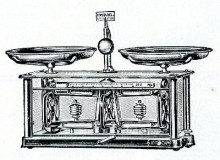
Some form of laboratory scales have been used by almost every culture of man throughout time. There has always been a need to establish the weight of the objects around us. Lab scales have been used for commerce, science, compounding, and endless other applications. From the early basic models to today’s advanced digital ones, laboratory scales have been a necessity.
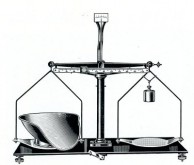
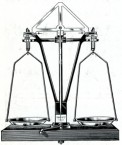
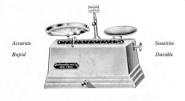
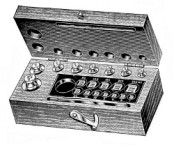
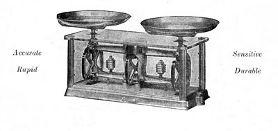
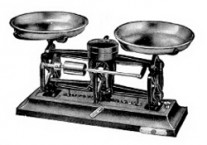
Metric Weights, Iron, Black Japan, 1 kilo to 10 grams, and with small brass weights to 1 gram, per set 4.55nMetric Weights, Iron, Black Japan, 2 kilos to 10 grams, and with small brass weights to 1 gram, per set 5.80 Used for making solutions, etc., also for